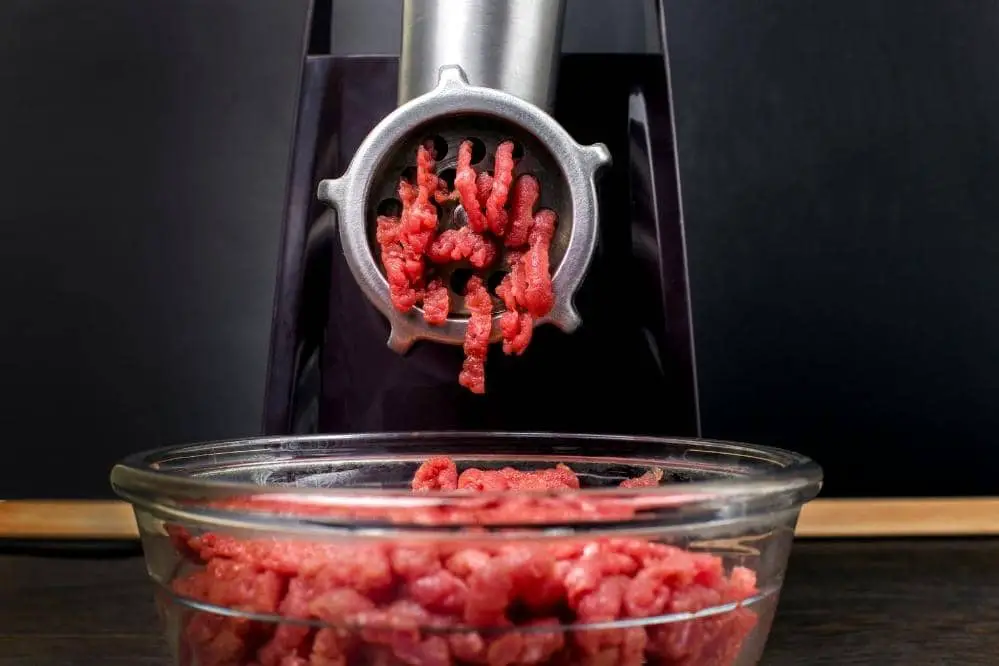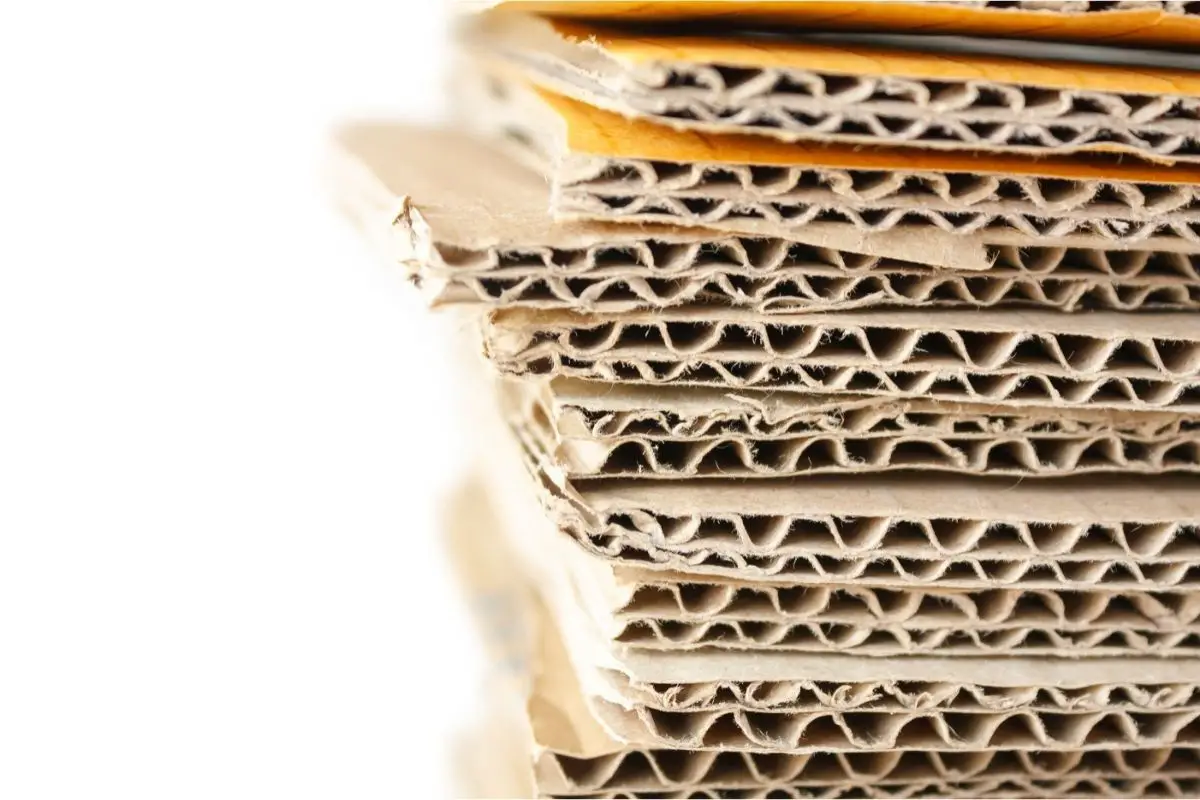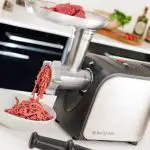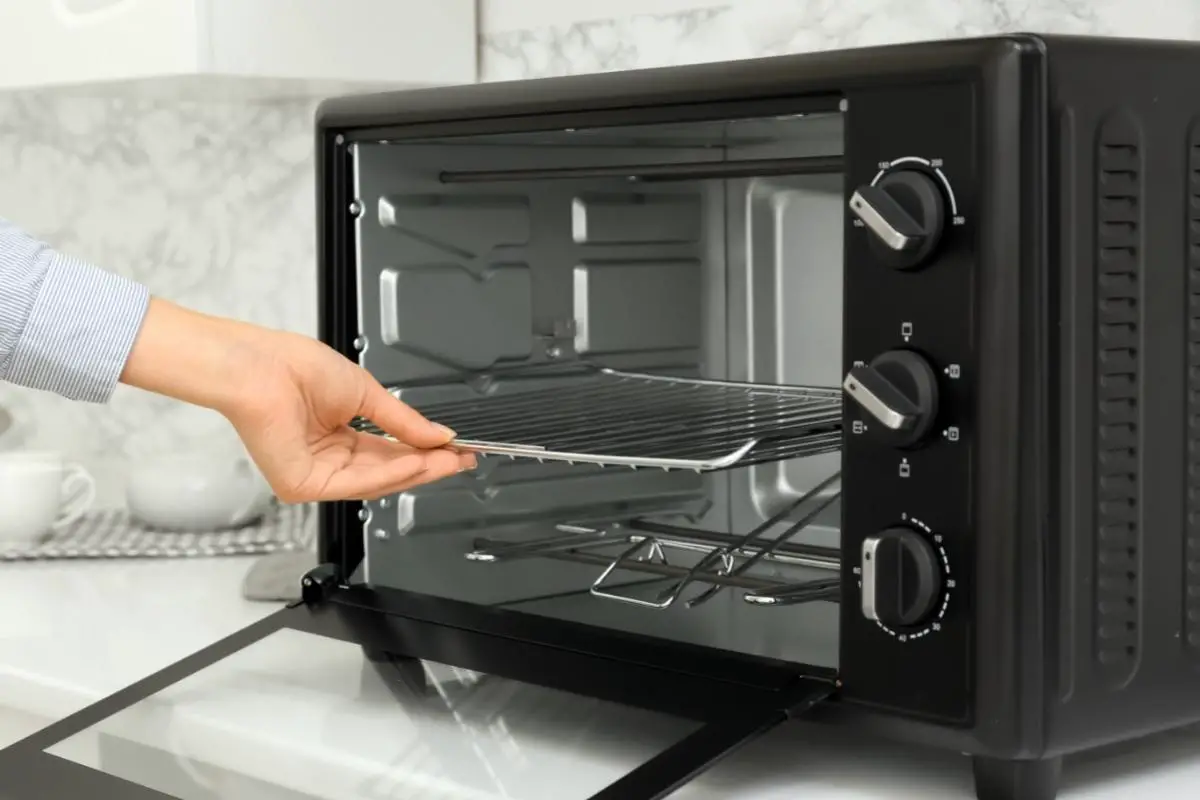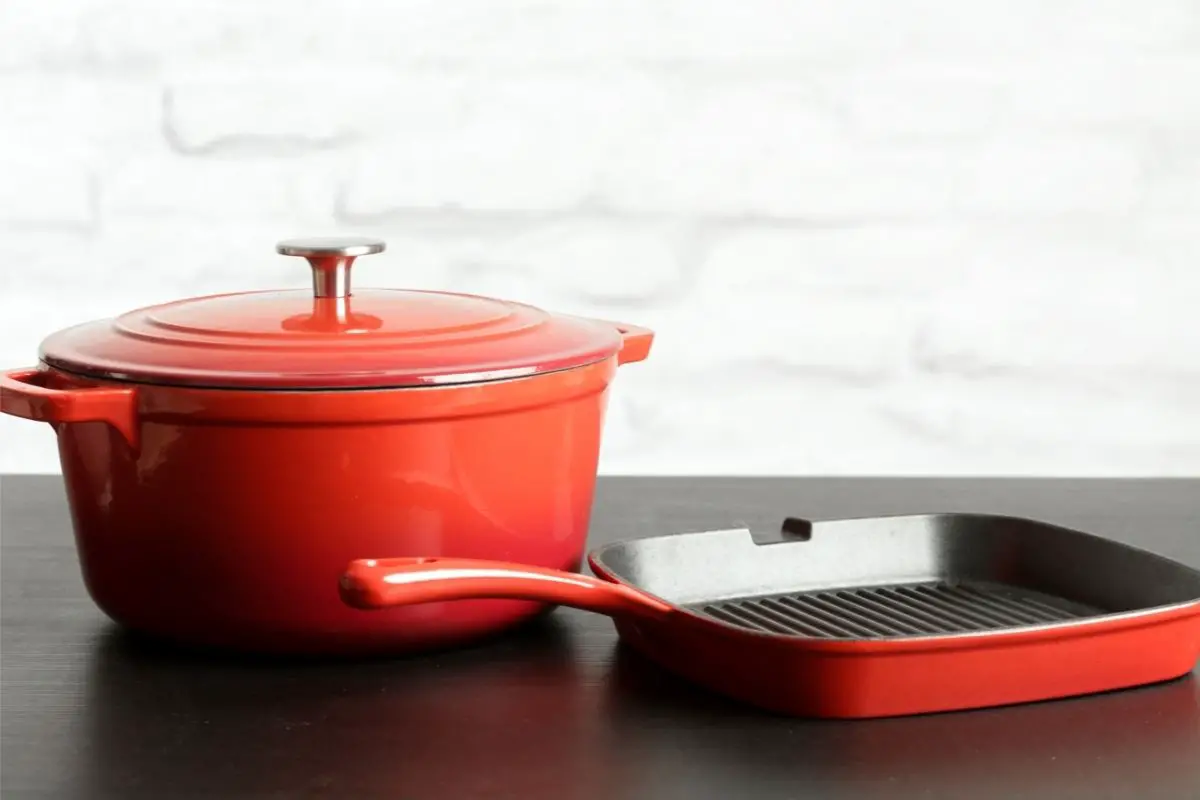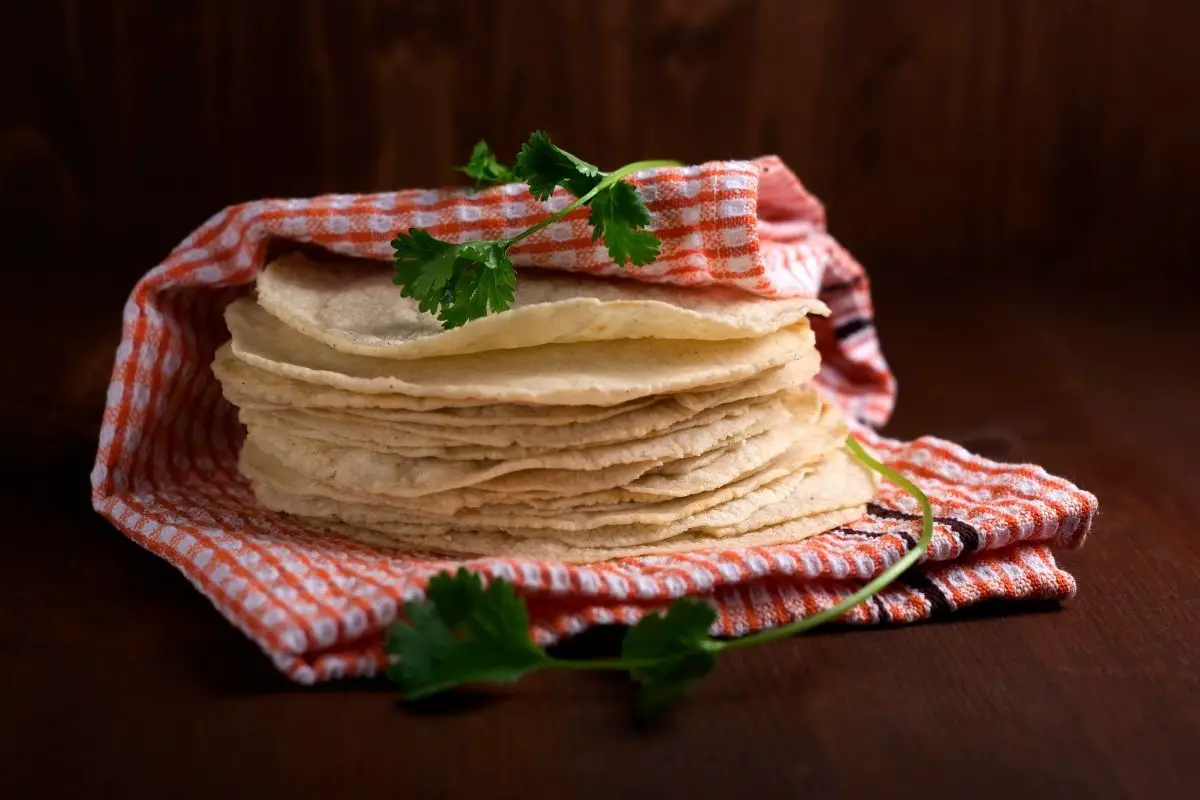Meat grinder plate sizes can alter quite a few different things about the final product that you create. If you do a lot of meat mincing in your kitchen, then you may be wondering how many different grinder plates you should get, and what the different sizes are all used for.
In this article, we’re going to run through everything that you need to know about meat grinder plates and talk about how they can impact the food that you make.
What are grinder plates, and what are they used for?
Grinder plates themselves are small metal plates, typically steel or carbon steel. They come in a range of different sizes in diameter, designed to fit different machines in slightly different ways. Beyond that, they also have uniquely sized holes – this is in an effort to ensure that the plates can work slightly differently from one another.
The general consensus is that if you can afford steel plates, that’s what you should opt for – they’re more expensive, but they’re much more durable, and can often last three times longer than a carbon steel blade.
The basic concept of a grinder plate is quite simple indeed. As you put meat into the top of a meat grinder, it is first sliced into smaller chunks by a selection of different blades. The motion of these blades pushed the sliced meat further through the machine, where the sharp grinder plate serves as a barrier that the meat is pushed through. This is the same concept as a play-doh spaghetti kit – the pressure of the meat being pushed through the holes cuts the meat into tube-like shapes. The result is minced meat.
How are meat grinder plates measured?
If you’re reading this article, then you’re very likely looking to get plates to fit your meat grinder. In order to do that, you’ll need to ensure the plates you’re purchasing are correctly sized for your grinder.
First of all, remove any preexisting plates from your grinder, make sure it’s clean, and lie it on a flat surface. Using a measuring tape or a ruler, measure the distance across the center of the plate – this diameter measurement is important to ensure that you get a grinder plate that’s appropriately sized for your grinder.
The holes on the grinder plate will generally be tougher to measure. The reason for this is that they wear over time – what was originally half an inch may have worn to three-eighths of an inch. Most plates will have some form of etching on them that states the size of the holes – look for that to be as sure as possible. Alternatively, read on to see what size of holes you should look for in a new meat grinder plate.
Different hole sizes of meat grinder plates
There are three main size categories for meat grinder plates. Breaking things down in this way may seem like an over-simplification, but it’s simply a great way to understand the basics of meat grinder plates.
First of all, plates with a fine ground hole can be used to grind items to a fairly smooth consistency. The holes are typically between ⅛” and 3/32”. This makes for a very smooth mince, which is quite fine, and typically used for ‘processed’ meat options. This includes options like hamburgers, franks, or beef jerky. The texture of these things is never chunky, with it typically forming somewhat of a paste during cooking.
Secondly, a medium ground plate typically has holes between 3/16” and 5/32”. A meat grinder plate of this size will give any meat products that you create a texture that’s neither too fine nor too coarse. Instead, the final product will be textured, but not chunky. This range of grinding plates is best used for hamburgers, breakfast sausage, and other, similar products.
Finally, we come to our course ground category. These plates can have holes as large as ¼” or 5/16” – this will generate mince that, while smooth and perfect in consistency, will be noticeably chunkier than other grounds. Some examples of this option are Salami, Chorizo, or hamburger.
Sharpening meat grinder plates
If you’ve got meat grinder plates that you’ve had for a while, and you’d like to keep them on hand and make sure that you can use them for a little longer, you can sharpen the meat grinder plates to ensure that they’re constantly good to go.
First of all, you’ll need to dismantle your grinder a little. We would recommend setting up a large, clean, and empty space so that you can easily track down the pieces and fastenings that you may have lost – losing one tiny piece is enough to drive anyone a little loopy.
Related article Are Meat Grinder Parts Dishwasher Safe?
After taking off the outermost layer of your grinder, we would recommend taking photos of the inner workings of the grinder. This will allow you to replace things in exactly the correct place and configuration that they were in before you began. Remove the plate from the grinder, and make sure that they’re as clean as possible before you begin to sharpen them.
The easiest way to sharpen meat grinder plates is to use sandpaper, ideally 600 and 120 grit paper. The holes in the plates are what are used to cut the meat, and so they’re what needs to be as sharp as possible.
Using safety gloves to be sure that you won’t cut yourself, roll the sandpaper into a small tube, and push it through the hole. Work it back and forth around the entire circumference of the hole, after which point the edge itself will be sharp – this is ideal, as it will allow for the best slicing of the meat, rather than tearing and crushing.
You may need to use several strips of sandpaper for this job, so it’s worth slicing up the sandpaper into strips ahead of time, rather than doing it when wearing heavy work gloves.
Finally – make sure to wipe away any steel burrs from the discs during cleaning. That way, they won’t get into your food or your fingers any time soon. Make sure to clean the area thoroughly after you’re finished, as that will prevent anyone in your family from injuring themselves on the steel burrs.
We hope that this article has helped you to gain an understanding of meat grinder plates – from what they’re used for to how best to keep your plates sharp. Happy grinding!
- What goes good with fried shrimp for dinner? - November 17, 2022
- Best Heat Diffusers for a Gas Stove - November 16, 2022
- Can you boil potatoes too long for mashed potatoes? - November 15, 2022

